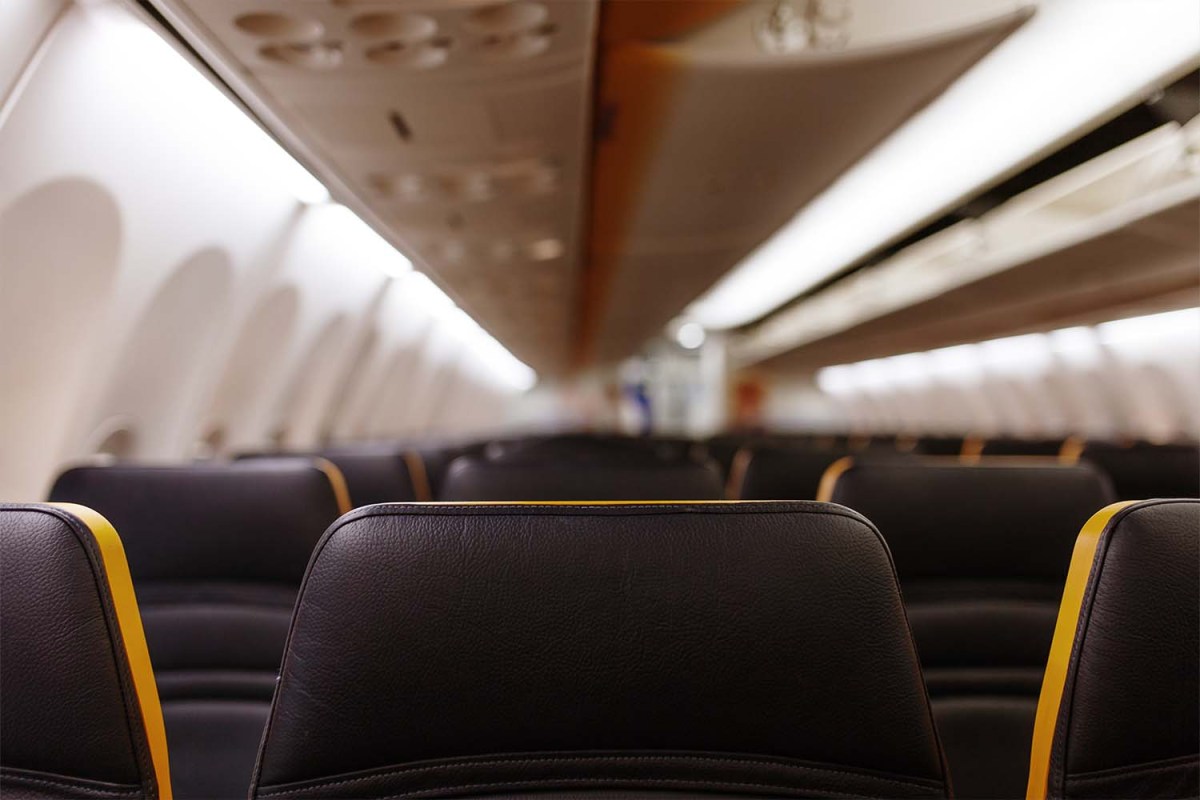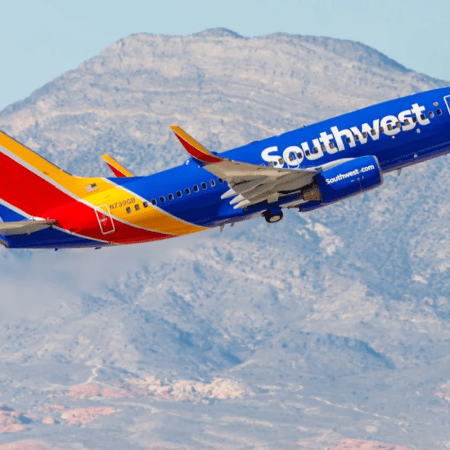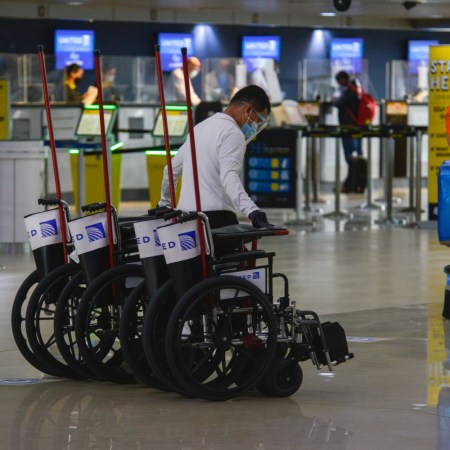Passengers are getting larger. That’s a fact.
It’s why, for years, airplane seat size has been a widely debated topic — one that has gone largely unaddressed by the Federal Aviation Association. That is in spite of airline passenger advocacy groups, like FlyersRights.org, who have been lobbying for the creation of minimum seat dimensions for nearly a decade now and a federal mandate passed in 2018, which set forth a set of requirements for the Federal Aviation Association (FAA) regarding seat size and the implications it could have on safety (e.g. conduciveness to a 90 seconds or less evacuation).
All of that said, increased passenger weight goes beyond seat size. It actually has implications where weight distribution on the aircraft is involved. In 2019, that was actually addressed, with the FAA outlining a new set of weight requirements, which — per the travel blog Live and Let’s Fly — were updated to the following:
- Airlines must increase the average weight of female passengers (which includes their carry-on items) from 145 pounds to 179 pounds in summer months, and from 150 pounds to 184 pounds in winter months.
- Airlines must increase the average weight of male passengers (which concludes their carry-on items) from 185 to 200 pounds in summer months, and from 190 pounds to 205 pounds in winter months.
Two years later, the agency went on to float the idea of weighing passengers prior to boarding in an effort to better allocate weight, but, unsurprisingly, there was no movement on that front (as it would’ve likely resulted in a PR nightmare for airlines). That said, United Airlines has proposed a more palatable solution in the interim.
Effective this week, the Chicago-based carrier will be blocking off three to six middle seats in 45 of its Boeing 757 aircraft between November 1, 2022 and April 30, 2023 to comply with the current B757 weight limit. For the uninitiated, the seasonal qualifier doesn’t have anything to do with how much passengers weigh in the summer versus the winter, but rather how much their carry-ons weigh in the summer versus the winter. (Travelers are more likely to pack bulkier, heavier items in the cooler months than the warmer ones.)
Moving forward, there will now be be a red sleeve over the seatbelt (which will also be zip-tied) that says “Seat inoperative — Do not occupy,” on all participating United flights. Further, flight attendants have been instructed to “monitor [those] seats throughout all phases of flight to ensure they remain unoccupied.”
So what does it mean? Nothing really (save for the fact that you might wind up with an empty seat next to you on your next flight), as United doesn’t appear to be charging any more for the extra seat at this time.
Thanks for reading InsideHook. Sign up for our daily newsletter and be in the know.



















